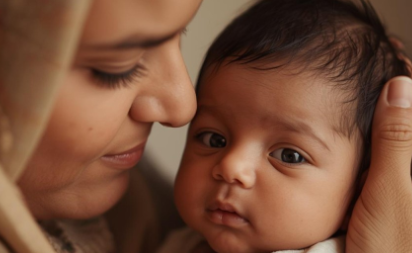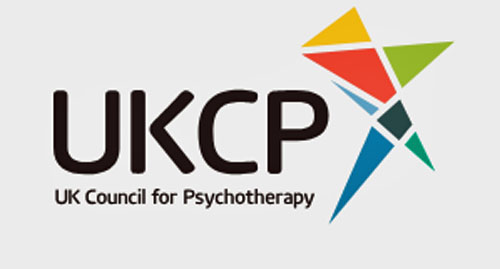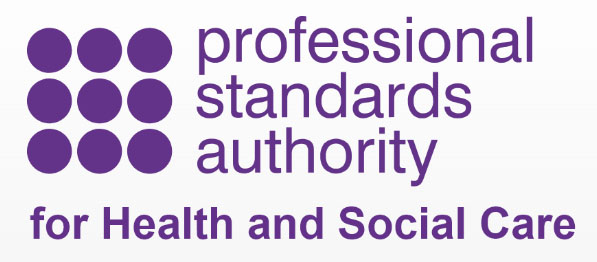Reflecting on
Learning to See: What Infant Observation Teaches Us About Being Human
Lawrence Suss
2025
When you think of an infant observation course, you might think it’s about learning how babies develop – how they first communicate and bond. But you soon realise it’s also about learning how to see.
Week by week, you visit a family and quietly observe them with their baby… watching how the baby gestures, cries, smiles, or simply sleeps. Your task is to notice, not to intervene. Over time, you start to feel the extraordinary intensity of early life; how fragile, powerful, and communicative even the smallest gestures can be.
You learn about your own feelings too. Tenderness, anxiety, protectiveness, impatience – how feelings are communicated without words between people, what gets noticed, and what gets missed. Watching a baby slowly come into being, in relationship with their caregiver, reveals more about the origins of the mind than any textbook ever could.
This practice of close, patient attention lies at the heart of psychoanalytic work. It helps you think about and understand emotional life as it unfolds, moment by moment, between two people. Whether you go on to train as a psychotherapist, work in education, health, or social care, or simply want to deepen your understanding of human development, infant observation offers a profound and grounding experience.
If you’re curious about how the earliest relationships shape the whole of life, and about your own responses to them, the AGIP Infanct Observation course might be the beginning of something important.
Infant Observation Course





